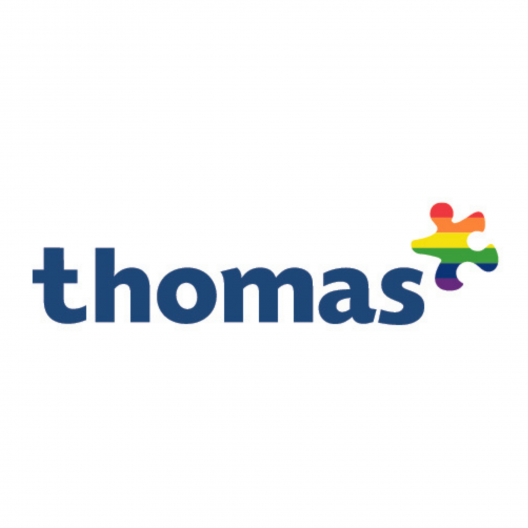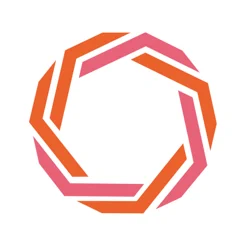
Removing Unconscious Bias From Recruitment
Careers
myGwork spoke to Kira Van Niekerk, Global Lead - Training & Enablement at Thomas International, about inclusive hiring and how you can beat unconscious bias in recruitment.
Hi Kira! Thanks for chatting with us. Why does diversity in the workplace matter to you?
Diversity is a business imperative. Beyond the obvious moral argument, Top companies for diversity are more likely to financially outperform industry averages (McKinsey). PwC has also found that a company’s level of diversity is fundamental for talent attraction, with 80% of job seekers considering this. The global labour shortage and ‘Great Resignation’ have intensified competition for talent, yet organisations are still failing to hire diverse candidates. What’s going wrong?

Why diversity recruiting doesn’t work?
It takes just 0.1 seconds for the brain to form an opinion
about someone. This means that regardless of your conscious intentions, your
recruitment decisions are likely to be skewed by unconscious bias. For
companies looking to reap the benefits of workforce diversity, the challenge is
that biases are largely unconscious and, therefore, hard to remove. What’s more,
a tiny bias can have huge implications, especially for companies that are
hiring at scale. According to research by Oregon State University, as little as
a 1% gender bias in recruitment can result in 32 failed hires and a £2.3
million annual loss in productivity for firms recruiting 8,000 employees a
year.
Does culture fit constrain diversity?
Many companies seek to hire individuals who are aligned with their mission, culture and values. Though seemingly innocuous, hiring for ‘complementary fit’ risk “cookie cutter” recruitment decisions that can inhibit problem-solving, innovation and ultimately profitability. It is therefore crucial that hiring decisions based on complementary fit are made irrespective of demographic background in order to avoid constraining diversity. To this end, companies are increasingly seeking out divergent traits that bring new perspectives. This is called hiring for ‘supplementary fit’. Creativity, innovation and problem-solving are likely to flourish in this hiring environment, but conflict may increase as well and must therefore be managed constructively.
What are the most common kinds of bias in recruiting?
Psychologists study how cognitive biases shape and often
distort the way we perceive the world. In uncertain situations such as
recruitment decisions, biases are more likely to distort our perceptions. One
kind of bias that often affects organisations where the ethos is to hire people
who are a good “culture fit” is affinity bias. Due to the tendency to favour
those who are most like us, hiring managers in organisations with this hiring
policy are especially at risk of “hiring in their image”. Affinity bias means
that if an interviewee is like us, we are more inclined to hire them,
regardless of their capabilities relative to other candidates or their
suitability for the role.
The tendency to gather evidence that confirms pre-existing expectations is known as ‘confirmation bias’, and typically involves emphasising supporting evidence whilst omitting contradictory evidence. This means that preconceived notions about the competencies of different social groups could rule out the best job applicants, disadvantaging both candidate and company. ‘Halo effect’ is another common form of cognitive bias in recruitment. The Halo effect is the tendency for our overall impression of a person to influence how we view their character and abilities. If your initial impression is that someone is friendly or confident, you are more likely to assume that they are also good at their job, regardless of their objective capability.

How to beat unconscious bias in recruitment?
At the end of 2020, unconscious bias training was scrapped
for British civil servants due to a lack of evidence that it improved workplace
diversity. 45% of employers say their recruitment tools are ineffective at
securing diverse talent (Robert Walters), and 67% of recruitment managers say
that CVs are a poor indicator of future success (Cranfield School of
Management). However, there are tools that recruiters can use to increase
objectivity in hiring decisions and boost workforce diversity.
Blind CVs can be helpful for minimising confirmation bias relating to age, race and gender. For example, Diversity for Social Impact research showed that blind CVs lead to five times as many women being selected. However, perceptions of prestigious education or work experience can still bias a recruiter. Vitally, creating a role profile that includes key behavioural traits and competencies at the outset of the process provides an objective point of comparison. Using psychometric assessments in hiring provides hiring managers with an objective measure of candidate suitability that isn’t skewed by access or social privilege.
Some of the most revealing areas to measure are candidates’
speed of learning and personality, which have both been shown to be more reliable
predictors of future performance than CVs (MacCrae & Furnham). In today’s
fast-paced work environment, a candidates’ speed of learning is a key success
factor. Rather than relying on ‘gut
feel’ and risking affinity, confirmation or halo bias, a Workplace Personality,
or ‘High Potential Trait Indicator’ assessment can also provide a scientific
measure of a candidate’s level of the traits shown to have the greatest bearing
on professional success. An awareness of psychological factors can also help
hiring managers to probe beneath candidates’ surface characteristics at
interview and explore their suitability at more depth.
To find out more about the top five biases that affect
recruitment decisions - and how to beat them - download Thomas International’s
free guide to Beating
Unconscious Bias in Recruitment.
